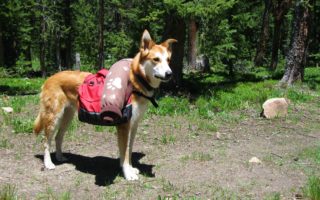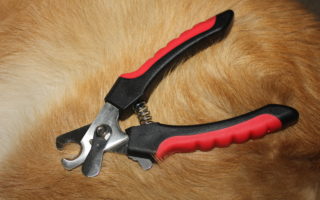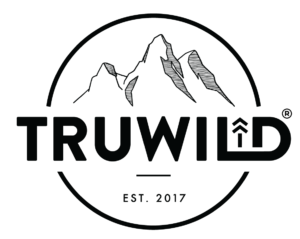This won’t be a complete list of all the different the different kinds of dog tools that are out there. But they are the tools that I have found are the only ones I need to groom pretty much any hair length dog out there.
Comb– I use this tool on almost every dog I groom other than the really short coated dogs. It tends to be the first tool I use to see how thick or matted a coat is, as well as if there are any lumps or bumps that I couldn’t see visually. With a long coated dog, it makes it easier to find and get through tangles and mats.

Slicker Brush– The second most common tool I use on most dogs is the slicker brush. This brush is very useful in breaking up the fibers in medium to long haired dogs coat. In other words, this makes it easier to detangle and de-mat, with less discomfort to the dog. If your dog has a thinner coat, you may want a slicker brush that has little rubber tips on the bristles so it’s less irritating to your their skin.

Undercoat Rake– This isn’t a brush that I typically use but it’s a brush my husband bought that’s had it’s uses. I find that the double layers of teeth work best on long-haired dogs that don’t have a bunch of mats or tangles. It does an excellent job of pulling out loose hair. However, if your dog has a really tangled matted coat, it’s more likely just going to pull at those points and make painful for your dog.

Furminator– This is the brush of choice for a short-coated dog, though I use it on all fur types. It’s really good at grabbing loose hair. With longer coated dogs, I tend to use it towards the end of a brushing session after using other brushes first to see how much hair got missed or is left. Just be sure not to over use this brush as it can cause your dog’s coat to get split ends or fray.

De-Matting Blade– Between the comb and slicker brush, I don’t end up having to use this one often. The main purpose for this tool, is to gently cut through mats that you may come across. This biggest place for mats tends to be behind the ears on long haired dogs. It’s also worked pretty well on my husky mixes thick neck fur, but because of the smaller head on it, it takes up unnecessary time.

Metal Curry Comb– Another good comb for a short to medium fur length dog. I use this more so on my goats when they are shedding in the spring. There’s also a rubber curry comb that you put your hand through like a glove, but I’ve found that the metal does just fine and has less friction than the rubber which pulls at the coat a bit.

Flea Comb– I keep this comb on hand as a backup. It comes in handy if you discover that your dog has fleas or other external pests of similar size. You’ll still want to treat your dog with something to kill or repel the pests, but a flea comb can provide some form of immediate relief. It came in handy for me when I visited Missouri for the first time. My husband and I walked the dogs in a field for literally only 15 minutes before a storm forced us inside. Once inside I was horrified to discover that both the dogs and ourselves were covered in what had to have been a total of 20-30 ticks. It was like a horror flick, and I swore we would never go to Missouri again. Anyway, the flea comb helped to preen through and remove the majority of the ticks, while my husband rushed to the store and bought flea/tick/lice drop applicators to apply to the dogs and kill any that escaped the comb.

Nail Trimmers– No this is not a brush, but for me, it comes hand in hand with brushing my dog. If I’m grooming my dog, I’m also taking a look at his nails to see if they need to be trimmed. But I also only give my dog a good thorough groom about once a month or two as he’s got a pretty easy coat, at which point his nails have also grown. See about how to trim you dogs nails in my other post,” Trimming Your Dogs Toe Nails“.







